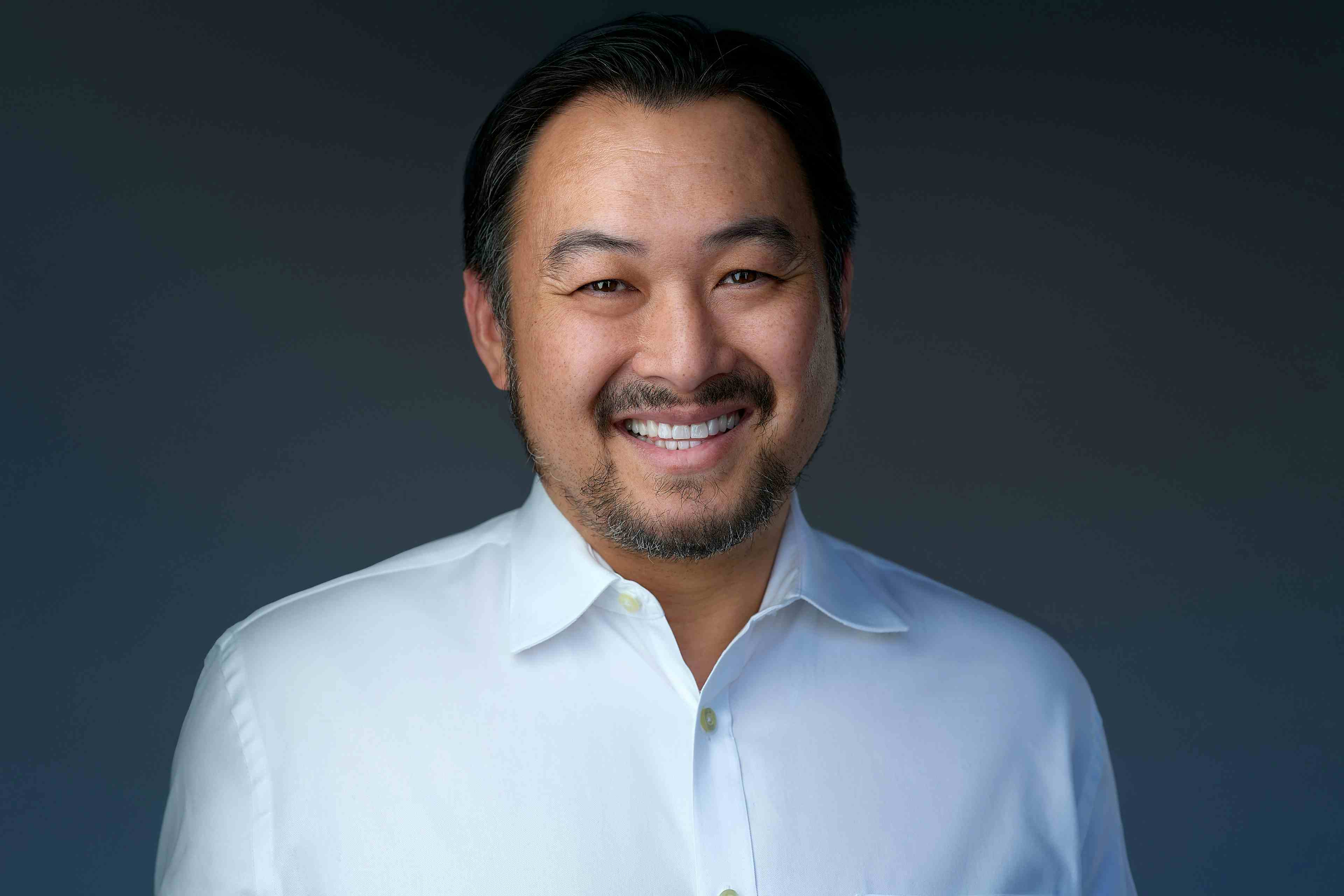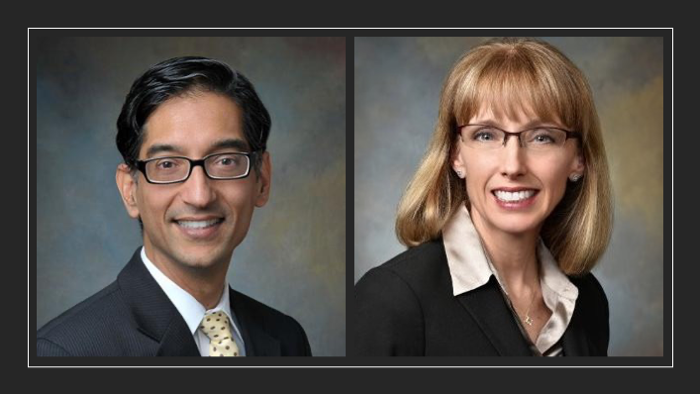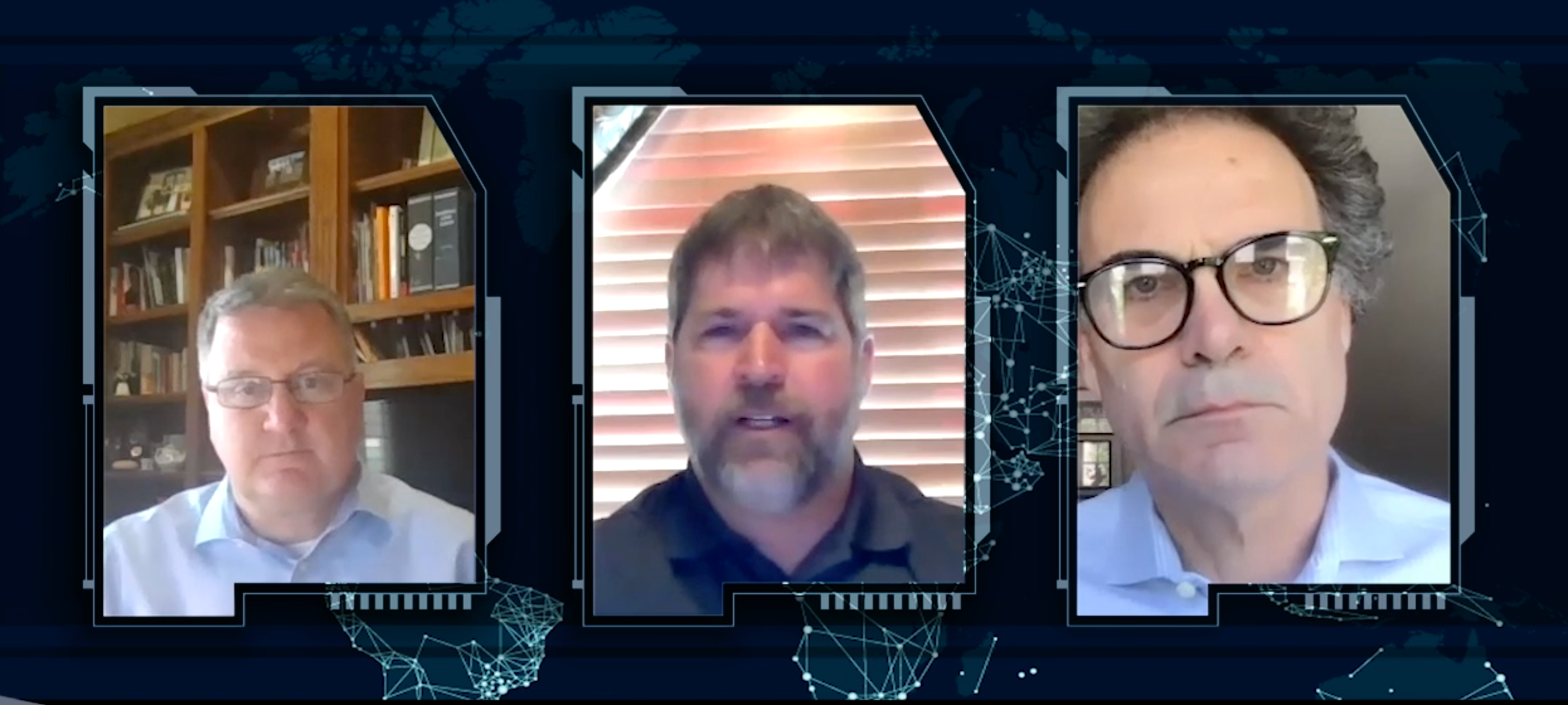Tackling Hunger—and Health Care Costs—by Moving Interventions Upstream
When Medicaid pays for food, it helps prevent chronic disease.
The concept of “food as medicine” has been around as long as people have been cooking. But the idea that a health plan—even Medicare or Medicaid—should pay for healthy food to prevent chronic disease, or help people lose weight, is a relatively new one.
A person who lacks food may often be too embarrassed to say so, even to a physician, even though not eating can cause physical symptoms or affect how medications work. Being food insecure increases the risk of diabetes, and once a person has diabetes, going hungry raises their odds for episodes of low or high blood sugar.
But who should take the lead to connect a hungry person with healthy meals? Even if a health plan ultimately pays for the meals, is there some entity better suited to deliver things like food, housing, job placement—those things that make up the social determinants of health?
Building healthy habits prevents chronic disease, creating both individual and community benefits, according to Jacob Reider MD, the CEO of Healthy Alliance IPA, an independent practice association that just entered into a partnership to deliver food and wrap-around services to clients in the area from Saratoga Springs to Albany, N.Y.
The partnership, formed with Food Pantries for the Capital District, will help at-risk members of select one of four options for food pantry packages; medically appropriate meals are a choice.
Clients served belong to the Capital District Physicians’ Health Plan, Inc., or CDPHP, which has eight physicians on its 15-member board. CDPHP providers will help identify members who are food insecure and would benefit from working with the Food Pantries and Healthy Alliance IPA, both to pick the right meal plan and to select other needed health services, such as cancer screenings and immunizations. About 80,000 people in the counties that CDPHP serves—or 10% of the population—are food insecure, according to information from the partnership.
Investing in food security isn’t just good for patient health—it also promises to reduce health care spending over the long run, Reider said. CDPHP “agreed with us that investing in food and addressing food insecurity in our communities will improve the health of the people that we both serve,” Reider said. “And as a byproduct of that improved health, that their medical costs will be reduced. So, this is a shared investment.”
Food pantry choices include packages with fresh produce, lean meats, milk and egg cards that can be used at local grocers; a similar option that can be delivered; a medically tailored option for those conditions such as diabetes or hypertension, or delivery of two healthy meals per day.
The partnership is long in the making. Healthy Alliance IPA was created as way to invest in service delivery groups and contract with managed care, based on the lessons learned from the Alliance for Better Health, which was one of 25 performing provider systems created through a Medicaid 1115 waiver that the state of New York received in 2014. The idea was to improve the health of Medicaid members, “and as a byproduct of that improved health, we would reduce preventable acute care utilization,” Reider said. “So, people are healthier, they don’t have to go to the hospital. If they don’t have to go to the hospital, then they don’t cost as much.”
New York didn’t quite hit its savings goal of reducing Medicaid spending on preventable acute care spending 25% by 2020. “But we learned a lot,” Reider said. Even good care coordination has its limits if health systems wait until patients are already living with chronic illness. The key is to move the coordination of services “upstream,” to teach people the value of healthy eating and exercise before they develop hypertension or diabetes, and address the underlying social challenges.
So, CMS allowed Medicare Advantage and Medicaid plans to take the next step, and invest in services that affect social determinants of health. And, as Reider explained, the IPA represents the next step, a vehicle for health system to provide a stable funding source to an entity that can invest in organizations such as food pantries, substance abuse treatment, workforce investment, or homeless shelters. Traditionally these groups relied on grants or philanthropy, but shifting the funding source to something that impacts a health system’s Medical Loss Ratio (MLR) is a game-changer, even if the funder is still the health system he said.
When health systems gave to food pantries from their foundations, it was coming from the administrative side of the budget, so it was competing with the same part of the budget that pays all the executive, Reider said.
“Now, it’s competing with the costs that [the health system] is actually aiming at reducing,” he said. “It also engages the health plan in a different way,” because now the chief medical officer and the utilization management team are looking at spending on the food pantry as way to lower the total cost of care, instead of the food pantry competing for attention with the symphony orchestra.
These concepts are new, and planning timelines for Medicare Advantage are long, so Reider said some 2021 cycles were missed. But he expects that more plans will embrace these strategies for the 2022 cycle.
Investing in giving people access to healthy food does more than improve the health of an individual; it starts the process of transferring healthy eating habits across generations. “If you live in a so-called food desert, and the bodega around the corner has no fresh produce, and you don’t have transportation, you’re not going to be eating fresh produce and this becomes a generation effect,” Reider said. “So, if we don’t teach our young adults or tweens how to build healthy meals, then their going to get what they have access to, which is, I don’t want to embellish, but it’s Twinkies.”
Programs in the area where Reider’s IPA operations have programs that teach teenagers how to grow food on urban farms. “So, we’re seeing that the first phase is to make the first available, because you have to make the right thing to do the easy thing to do.
“Step two, engage and educate,” he said, “So that we can diminish some of the stigma of food insecurity so that people are comfortable expressing to whoever they’re interacting with—their physician, their social worker, their therapist, that you know, the last week of the month is really difficult and how do we address that in a non-judgmental way.”
The next step is to make the model replicable in other areas. Reider is having conversations with groups outside the Albany region. A key requirement he would like to see is for health systems to be required to work with an IPA or community entity for the social determinants or social investment spending to count toward the MLR allowance.
“What we’ve seen in many cases is that a health plan will support local programs, but they’re not coordinated in any way, and there’s not a network,” he said. Without the IPA, there’s the risk of the narrow network effect among social services. That just won’t work, Reider said. “The margins are so low and the resources are so sparse. You can't divide up the community in this way.”
Extending the Capabilities of the EHR Through Automation
August 2nd 2023Welcome back to another episode of "Tuning In to the C-Suite," where Briana Contreras, an editor of Managed Healthcare Executive, had the pleasure of chatting with Cindy Gaines, chief clinical transformation officer at Lumeon.
Listen












